What’s your style? You got that James Dean daydream looks in your eye? No patsy! I wasn’t talking about Taylor Swift’s muse but your preferred style on the snowy terrains.
You don’t know yours? That’s exactly why I was born, to educate you. Call me Pink Panther or whatever, but I’m going to stop you from spending dollars on the wrong products. I mean, how can you ignore this inflation? So, save your money and buy me the latest Fendi bag.
Being a Romeo to snowboarding, you must be familiar with the two most loved styles, i.e., freestyle and freeride snowboarding. And if you are perplexed about becoming a freestyle or freeride snowboarder, I am here to solve the equation.
First thing first, it’s not a competition. Every snowboarding style has to offer something very unique. So, it is all about what suits you and what you enjoy the most.
What Is Freeride Snowboarding?
It is all about testing your limits and pushing them until you get your heart pumping and thighs burning. Unlike freestyle, freeride rely on natural challenges and natural terrains. This riding style avoids artificial obstacles like rails and halfpipe snowboarding that a freestyle snowboarder relies on.
Freeride snowboarding includes almost everything from cruising down the groomed trails to taking over off-piste. Unlike freestyle, freeride snowboarding is a bit hard to explain. Because freeride is a style in which a snowboarder rides with no agenda.
I mean, one can say that you are probably freeriding when you are not performing tricks, following a specific course, or racing. The name itself explains the freedom you have in this style. You can lift, pick a trail, and ride at your own pace, take a turn whenever you feel like, that’s freeriding.
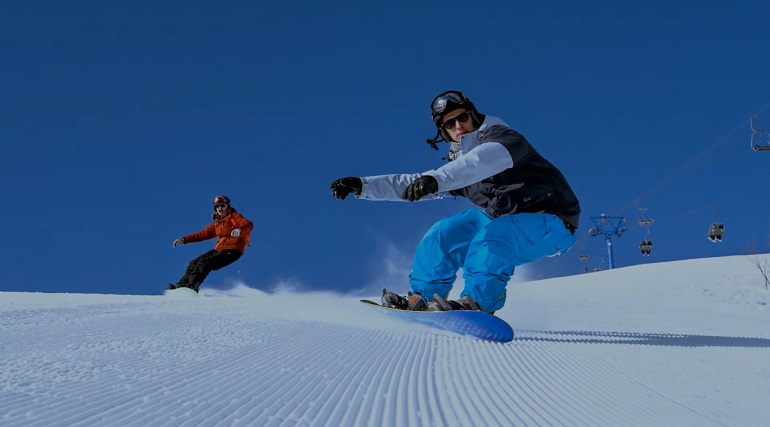
One can ride in glades, off-piste, moguls, or blue, black, and green trails when they are freeriding. However, in the world of professional snowboarding, to differentiate this style from other styles, freeriding refers to riding off-piste or backcountry.
If we talk about a freeride-specific snowboard, you’ll notice that this board is more extended as compared to the freestyle shorter board. The freeride snowboards own a detour shape or a directional shape signifying the nose is not similar to the tail.
The bearing on the snowboard is designed and balanced towards the back, in an effort to uphold the nose above the snow in pow.
Freeride boards are made a bit rigid to resist speedy riding. This rigidity makes them a little less tolerant.
What Is Freestyle Snowboarding?
Freestyle snowboarding is a style heavily influenced by skateboarding. It involves nailing tricks and exploring the wide fabric of aerial maneuverability, usually in man-made situations. That’s the reason why we find it synonymous with terrain parks. However, it also steps outside the arena of the terrain park.
One can say, whichever trick you know in the park falls under the umbrella of the freestyle riding category.
From riding through the half pipe, hitting rails, catching airs, buttering the piste, to nailing the jumps and jibs, everything can be counted as one peculiar stunt of freestyle riding. Mind it, every spin, jib, or jump you perform can be classified as freestyle.
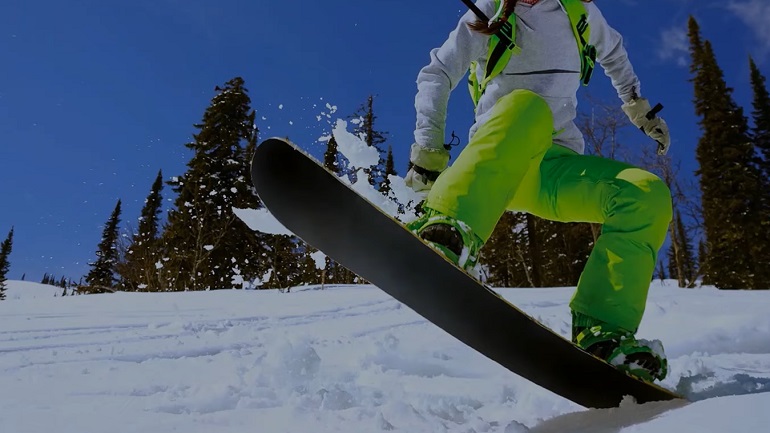
The best thing about this style is that it also serves as an official Olympic event, also, it is so popular in the world partially because of its long season as it doesn’t require heavy snow, and also because it involves riding away like you own the place.
If we talk about freestyle equipment, these snowboards have a mirror-like design and an equal standpoint for more balance. It always has a true twin shape that allows for easy tricks in either direction. What does that mean? It means a super fun riding switch.
Yes! The board is made symmetrical to cater to the needs of freestyle riders to ride switch however they want.
Freestyle boards tend to be forgiving as they are built with soft flex, and that’s exactly what you are going to need if you fancy buttering the snow, perfecting jibs, or pressing. However, if you are one aggressive freestyle snowboarder, you might need a stiffer board. Not too stiff but a medium soft flex.
Most freestyle boards are usually shorter for easy spins and tricks like that. It makes it easier to handle and ideal for maneuvers.
Difference Between Freestyle and Freeride Snowboarding
Now that you have learned about each style, let’s get into the main differences between the equipment of these two riding styles. Below I have highlighted the key differences and the science behind each distinguished feature of freeride and freestyle snowboards.
Flex
Freeride snowboards tend to have a stiffer flex, around 7 to 10 out of a scale of 10 (with 10 the stiffest and 1 the softest). Now let’s find out why it is engineered this way. The top reason is that a stiffer board shows a better edge-hold. It is something that free-riders adore while charging down the mountain, attacking and carving steeps.
Secondly, a stiffer board proves more stable at high speeds and tends to be more responsive. This is extremely important for a freeride snowboarder when tackling narrow chutes, trees, and other terrains that demand sharp, precise movements.
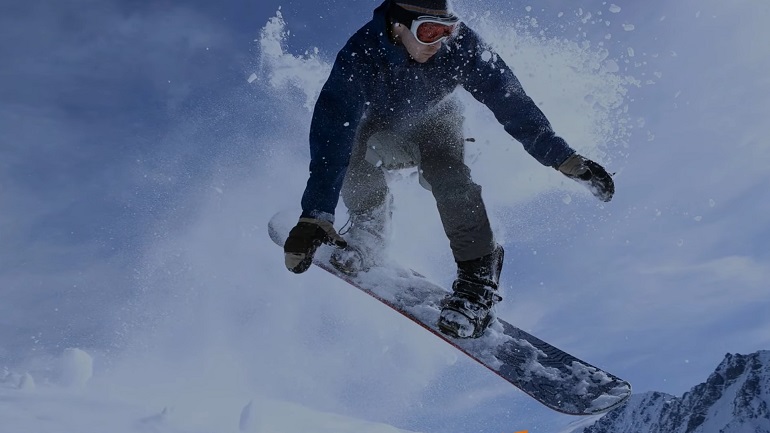
Now you know you need to buy a stiff flex board for a freeride experience. However, a freestyle board should fall on the soft side of the scale for a fun ride. Just so you know, really soft flexing boards are less common, whereas, medium flex boards are more common.
Because softer or medium flex boards are easier to maneuver and butter. Also, suitable for tail presses. They offer bags of forgiveness on landings and also while performing tricks and spins. This is the reason most beginner snowboards don’t have a stiff flex.
Setback
Freeride boards include a setback setup of at least 20mm or more. This extra setback allows for easy and effective flotation in deep snow. This way, you can lean on your back binding, putting your weight on your back foot, and lift the nose up and above the deep pow.
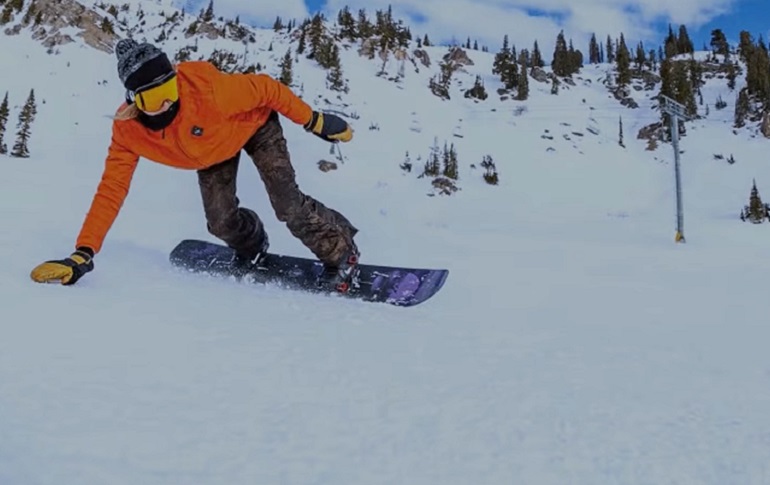
On the contrary, freestyle boards don’t require a setback stance as it would make the riding switch very awkward. A centered stance is more suitable as it helps to keep the board symmetrical.
Shape
Typically, a freeride board has a tapered directional shape. These shapes are designed to be optimized for one-direction riding. That’s why these are harder to ride switch.
Besides manipulating the shape into narrower, shorter, or stiffer profiles, there are also some other ways using which the board can be made directional. For instance, the flex pattern, sidecut, or setback stances.
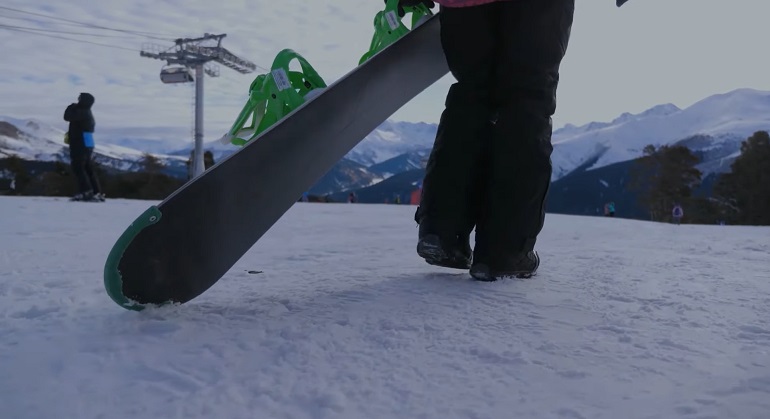
On the flip side, freestyle snowboards are typically always true twins or close to that. Boards with this profile are exactly the same at both ends. They feature identical flex patterns and identical shapes of nose and tail, which is ideal for ride switch.
Base
There are mainly two types of snowboard bases, i.e., sintered or extruded.
On a freeride board, you will almost always find a sintered base. Why? Because sintered bases are faster and glide better over hard or icy terrain. It means if you happen to run on any short uphill areas, this base will assist in keeping you moving more than an extruded base.
On the other hand, most possess extruded bases but some freestyle boards feature a sintered base. Freestyle snowboarders highly prefer a slower base, that’s why they prefer extruded baseboards.
Sintered bases cost you more than an extruded base. Also, they require more maintenance. One can use a sintered baseboard to drive up the pipe walls or for extreme jumps.
Width
The freeride boards normally come narrower, which makes them more responsive. Although, some riders like them wider for stability in extreme conditions. However, if you are opting for a narrower board, don’t forget to match it with some low-profile boots to minimize the chances of overhang.
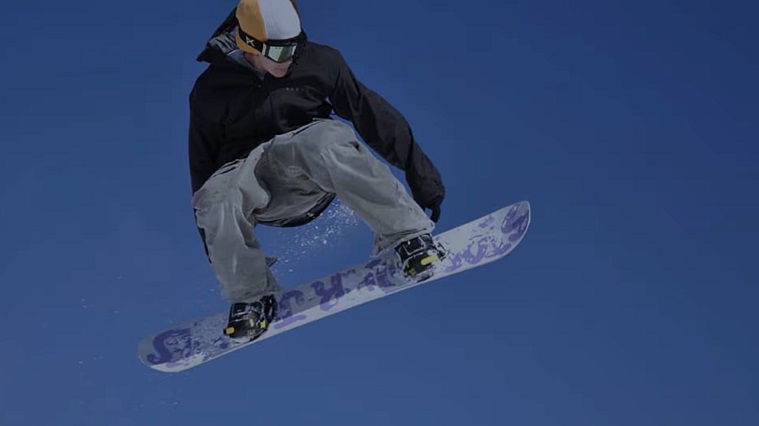
Freestyle boards are made wider in comparison to the freeride board. This width provided much-needed stability to a freestyle rider on landings and while hitting jibs.
Length
Mostly a longer board is a top pick of free-riders. Because a slightly longer board offers that extra stability and speed they are looking for while cruising the whole mountain. However, you need to keep in your mind that a board’s length also depends on your weight.
Freestyle snowboards are generally shorter in length. While buying such a board, you take a standard length measurement of a board and take off some centimeters to get a freestyle board.
The reason behind its shorter profile is that it makes it easier to control and spin. So, an ideal profile for freestyle snowboarding is shorter, loose, and slightly wider.
Destinations
Freeride riders are okay with any terrain if there is fresh snow present, or wherever they can ride off-piste to find some fresh lines. So, if there’s present fresh powder and blue air with delightful blue skies, riders will be seen having fun shredding the whole mountain until the sun decides to sleep.
They are totally into exploring all mountain areas. However, they might like to tap into the park for some odd runs. Their journey might include hitting the backcountry or snowshoeing new horizons.
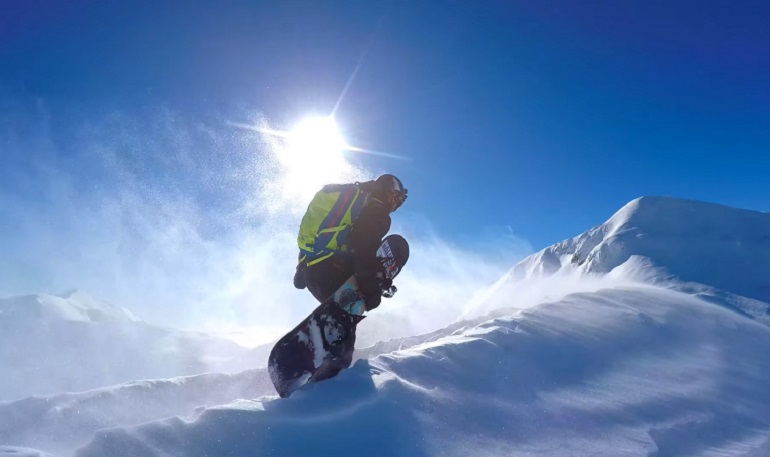
Freestylers are park rats, snigging out the best places to try out new tricks. Their favorite spots usually include resorts that offer a snow park and a halfpipe. They are interested in repeating their jumping sessions for hours until they improve it.
What Kind of Snowboard Should I Get?
One can say, freeride and freestyle are at the two opposite ends of a spectrum. Now that you have got yourself familiar with these two styles, I’m sure you are now confident enough to go buy a suitable board for yourself.
To summarize it for you, if you want to ride freestyle, a flexible, playful, and forgiving board will do. A board that is built to take you to snow parks or park-style places. In contrast, a freeride snowboard is hard and elongated and built to take you hiking off the backcountry.
If you think you want the best of both worlds and your style falls anywhere between the two, go for an all-mountain board.
Final Thoughts
Buying the best snowboard demands you to know your style, but it’s okay if Elon Musk is your father. If you are a newbie, you should be opting for each style to explore what attracts you the most
However, if you are an experienced rider, you must have gotten familiar with your type, and now looking out for the finest board that fits your intentions. You can find guidelines on some of the best pieces on the market for both freestyle and freeride boards.
Remember! All that matters is that you are enjoying the rides. So always go for a style that suits your personality.
0 Comments